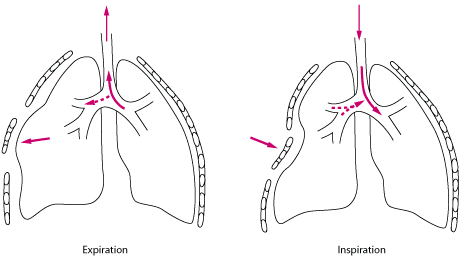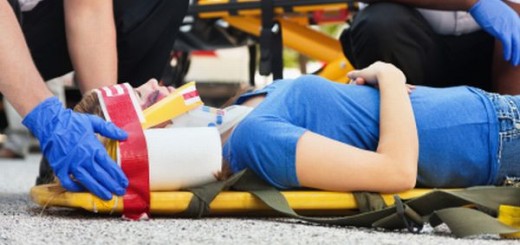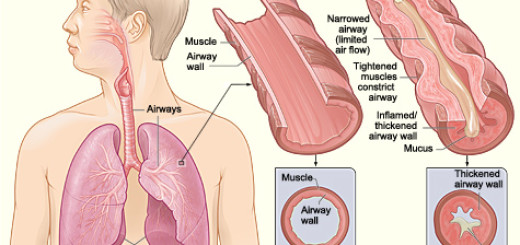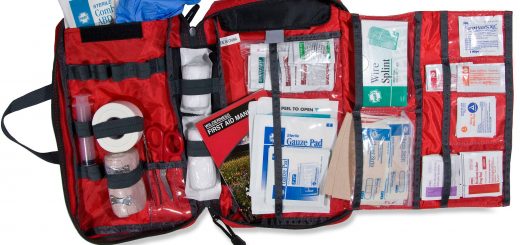What is a flail chest injury?
A flail chest is a serious injury to the thorax (chest). Severe trauma to the chest wall may cause extensive disruption, with multiple rib and sternal fractures.
When a segment of chest wall loses continuity with the thoracic cage (in other words, two or more adjacent ribs are broken in two or more places), it becomes flail and will move paradoxically on respiration.
Paradoxical movements occur because the flail chest segment has become detached from the rest of the chest wall. When the patient in, the flail segment moves inwards whilst the rest of the chest wall moves outwards. This causes significant pain and increases the effort required to breathe.

Patients with a flail chest can quickly develop hypoxia – low oxygen levels. The principal cause of hypoxia with flail chest, however, is the accompanying bruising to the lung tissue (pulmonary contusion). Associated rib fractures may be accompanied by significant blood loss causing the signs and symptoms of shock to occur.
The diagnosis of a flail chest is usually clinical, by observation of abnormal chest wall movement and the feeling of crepitus of the chest wall due to rib fractures. Patients may have low oxygen levels and have significant difficulty in breathing. Splinting from chest wall muscular spasm may mask the paradoxical movement, and the diagnosis is not uncommonly delayed until these muscles relax (sometimes due to exhaustion) or a chest x-ray is performed in hospital.
The flail chest segment can be splinted in order to reduce the patient’s work of breathing. Adequate analgesia (painkillers) is vital to improve the patient’s breathing. Oxygen can be administered to correct low oxygen levels (hypoxia). Calling for emergency help early is vital as these advanced interventions are critical in the management of chest trauma.
First aiders and first responders should consider the possibility of other injuries.Patients who have sustained a flail chest injury are likely to have other injuries such as head trauma or fractures. A thorough secondary survey is required to identify other injuries.





